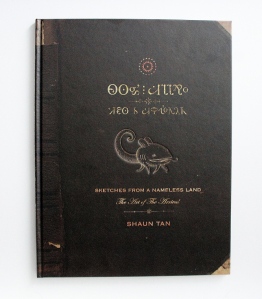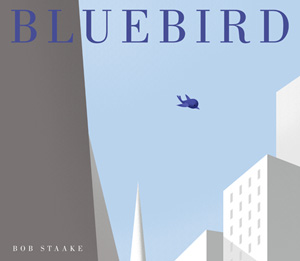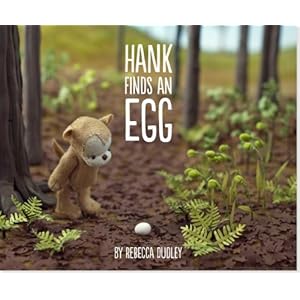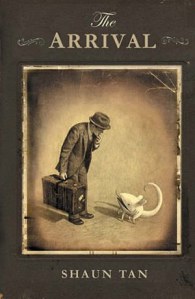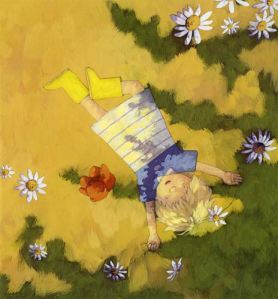
I recently wrote a blog on an unusual and beautiful series of wordless picture books, called Three Little Dreams. It was a stunning piece of art which challenged the definition of a book. The same author Thomas Aquinas Maguire has come up with a similar, but more complex work in The Wild Swans. It is a fold out book which when extended fully is over 60 foot at length. It is presented in an amazing gift box. The box and pages themselves felt like they were handcrafted for me especially, such was the quality of the work. It tells the tale of Hans Christian Andersons classic tale but with a twist; it is completely wordless. When this came through the post box I was immediately intrigued, the box is shown below:

The box itself is a thing of beauty, full of dark shades and gold print, I was extremely careful opening it up. Inside contains what seems like a huge bundle of card, carefully one must begin at the start and work their way through the story, it can be difficult at times to handle, but the effort is well worth it. There is a feel about the box and story itself that it was specially made for you, it feels like a rare item that must be cherished. The pages are shown here.

Maguire has an unusual style of illustration, there is something dark and grotesque in his drawings but they are stunning. The book is done completely in greyscale. The Swans and the young girl Eliza are beautifully drawn in the story, the landscapes are painstakingly detailed, ranging from palaces to forests to lakes. I could not help myself but marvel at the thousands of hours it must have taken the illustrator to complete this book. The narrative flows without difficulty, it is a long tale and the illustrations match that. I enjoyed the dark nature of the tale, it is a bleak version of Andersons tale borne out in pencil and black pen.
Here an example of some of my favourite illustrations from the book.

The above shows Eliza in the forest, it is an example of the sometimes disturbing nature of the drawings.

Eliza on her way to the lake, the shading and the grey tones really create a sinister atmosphere in the book.

There is a grotesque nature to the creatures in the story, Maguire’s expert handiwork are shown here as the hair melts seamlessly into the background as Eliza is rescued by the prince.
This book defies definition, I cannot emphasize enough how beautiful a piece of literature this books is. It feels like cheating calling it a book. It is a piece of art first and foremost. If you are into illustration or art work, don;t hesitate to buy this book. If you love picture books and are an adult, this is a must for you. Children could not enjoy this book, it is too dark and folding out the pages themselves would be an ordeal. This book needs to be cherished and looked after as a gift. As I said above, I felt that Maguire had handcrafted the box and book especially for me.
Please leave a comment if you have any questions on this book as I know it is a difficult concept. It really is an innovative and outrageous book in certain respects. Let me know what you think!
